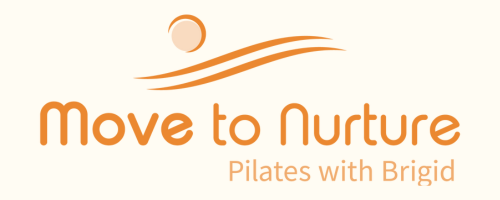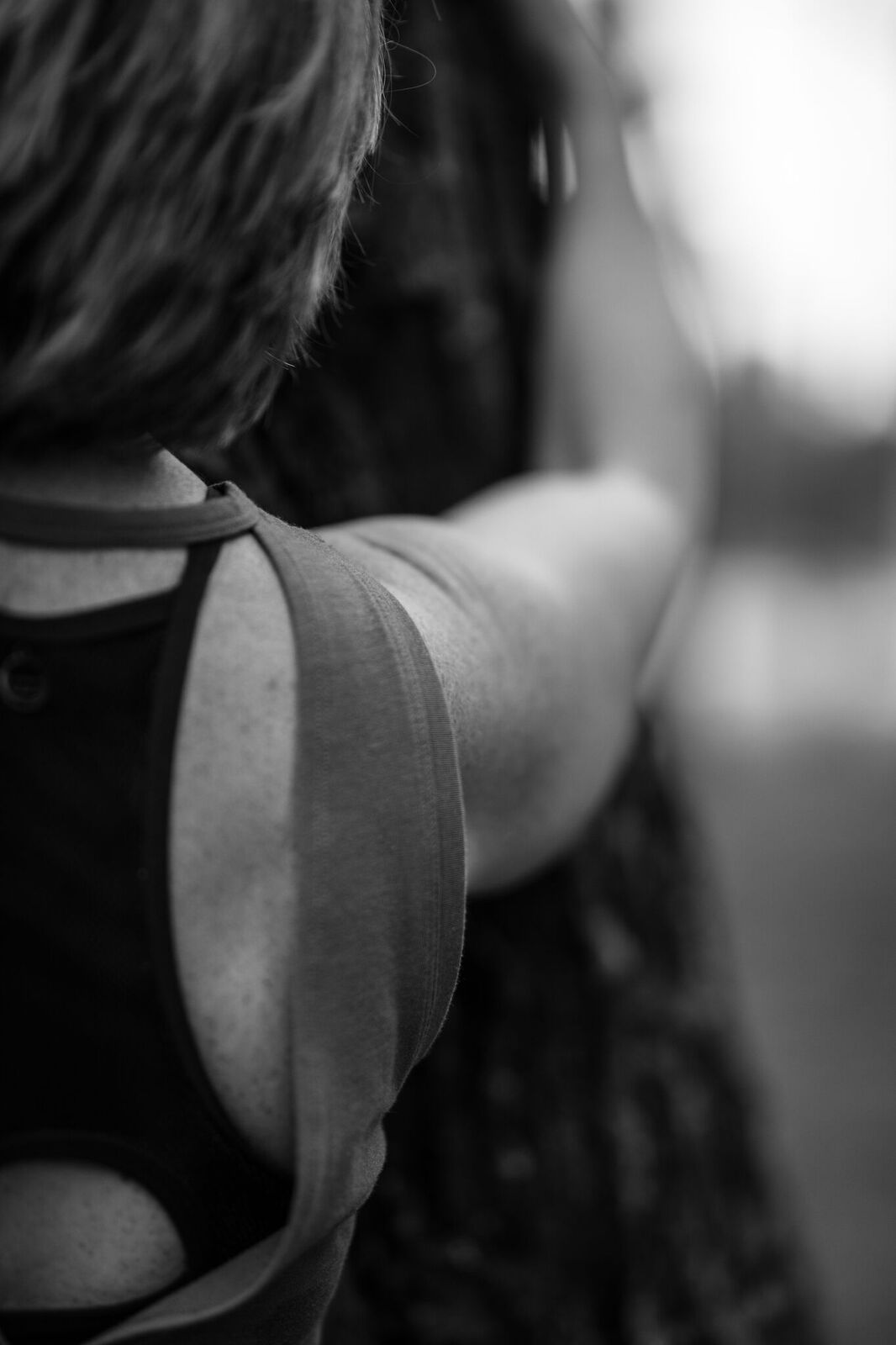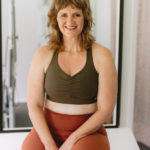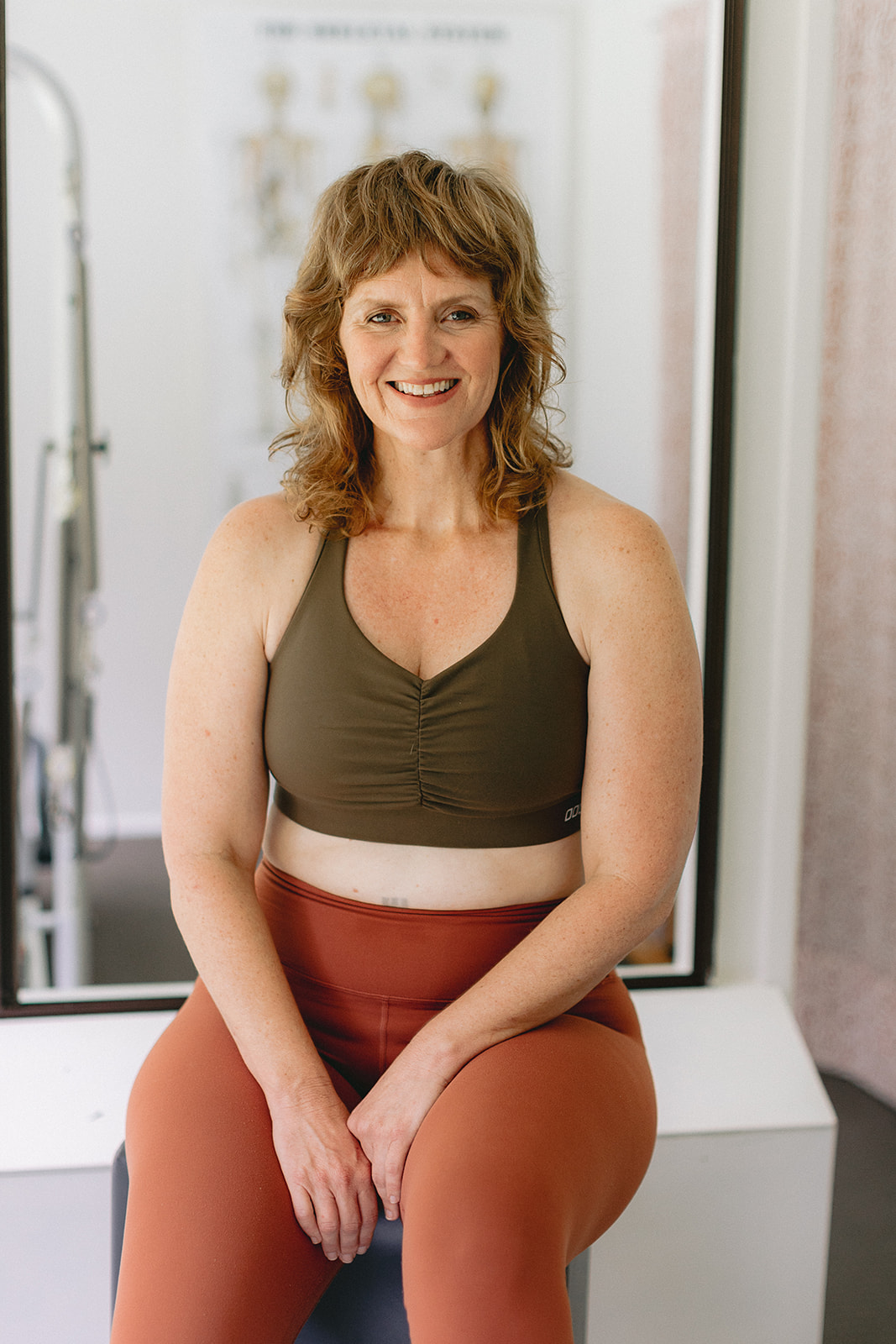As we age shoulder injuries can become more common especially in women from 40-65 years. Shoulder injuries can be very painful and can limit natural movement significantly. Shoulder injuries include frozen shoulder, osteoarthritis, rotator cuff injuries and bursitis. This article will outline how Pilates can help avoid these injuries and if you have one what to do about it.
The shoulder joint is made up of the collarbone, upper arm bone, and shoulder blade. Gradual wear and tear can lead to arthritis in the bones and tears in the rotator cuff—the group of tendons and muscles that helps you raise and rotate your arm. Other problems include inflammation in the bursa, a small cushion that reduces friction between tendons and bones, and tendinitis, inflammation that comes from overuse of the joint.
Poor posture also plays a role in shoulder pain. When shoulders are rolled forward and rounded, the scapular muscles in the back of the shoulder get overstretched and weaker. You’re stretching the muscles for a long time, and it hurts, like trying to hold a laundry basket out for a while. If you don’t use your shoulder because it hurts, the muscles and ligaments will shorten, causing more pain.
In fact the things we do during recovery from shoulder injuries are the same things we can do to prevent shoulder injuries.
What to do?
If you have pain and loss of range of movement in your shoulder it is important to see your doctor and get imaging of the area to clarify exactly what is causing the pain. Many shoulder injuries can look quite similar however treatments do vary depending on what the issue is and how severe it is. Most shoulder injuries can be treated without surgery.
Shoulder injury recovery will focus on three areas:
Learning good posture and healthy movement patterns are the keys to avoiding shoulder injuries and part of the process of recovery. Learning to feel the correct position of the ribcage (the anchor for the shoulder) and the optimal place for the arm to sit in the shoulder joint are important to reduce wear and tear on particular ligaments. Pilates can teach you correct alignment and how to feel it.
Stretching muscles that are shortened and over worked. The pectoral muscles in the chest often become stronger than the tendons that stabilise the shoulder because of how much time we spend sitting and a little hunched forward. Releasing and lengthening the pectoral muscles helps to find the optimal position for the arm and allows the important rotator cuff tendons to do their job and get stronger. Pilates is designed to balance the body, front to back and side to side, props such as balls, bands and muscle release tools can help to achieve this balance.
Strengthening the tendons and muscles that support the optimal position of the arm in the shoulder is the work that needs to be done to fully recover from a shoulder injury. These exercises need to be done with precision and focus to ensure that new patterns are being developed and we are not simply reenforcing the patterns of movement that damaged the shoulder in the first place. Precision of movement is a fundamental principle of Pilates and is fostered by a good teacher.
Whilst these general steps are true for many shoulder injuries there are phases of trauma that tendons move through during recovery and it is important to work with an Osteopath / Physiotherapist and trained Pilates and Movement teacher to ensure the right challenge and load at the right time as you recover.
If you are struggling to recover from shoulder injury and you need help with developing new movement patterns to get stronger seek out a qualified Pilates and Movement teacher to support you from diagnosis to recovery.
For more blogs on how Pilates and Movement can help you stay well click here.
Brigid Pearse is a Pilates and Movement teacher at her home studio in Lennox Head and she runs Pilates mat classes in Ballina, Newrybar and Byron Bay.







0 Comments